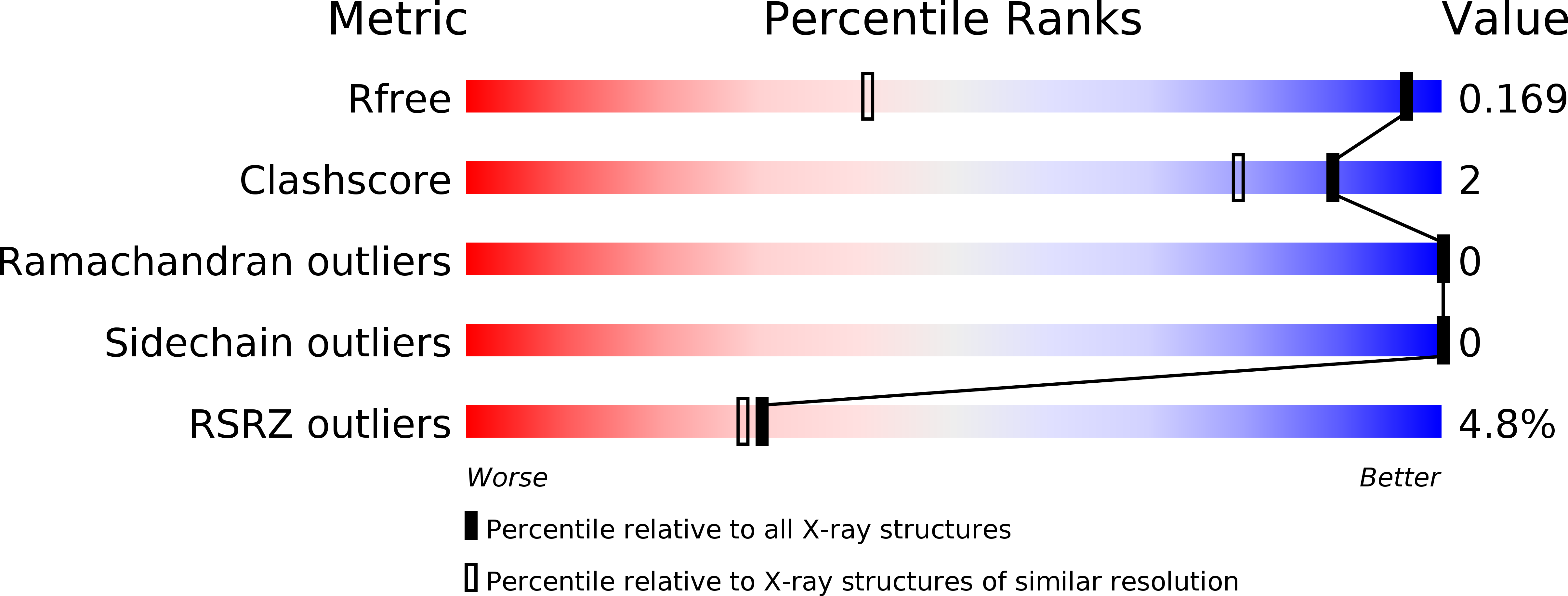
Deposition Date
2017-07-04
Release Date
2017-08-16
Last Version Date
2024-10-16
Entry Detail
PDB ID:
5OD4
Keywords:
Title:
Avr2 effector protein from the fungal plant pathogen Fusarium oxysporum
Biological Source:
Source Organism:
Fusarium oxysporum (Taxon ID: 5507)
Host Organism:
Method Details:
Experimental Method:
Resolution:
1.10 Å
R-Value Free:
0.16
R-Value Work:
0.13
R-Value Observed:
0.14
Space Group:
P 21 21 21


